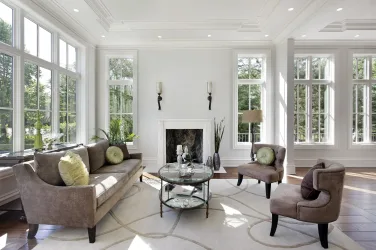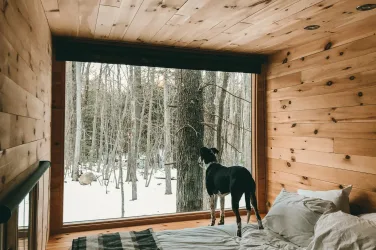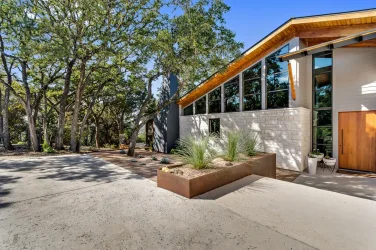
By Cheryl Alexander
Fences have always been the best way to ensure privacy and deter unwanted visitors. Whether you’re making sure pets stay in the yard or keeping the neighborhood children out of your flowerbeds, there’s a fence for you. First, check with your local zoning office and homeowner’s association to take the correct preliminary steps. Once you’ve received approvals, the next step is selecting the right fence material. Hire a professional to install your new fence for the best results.
Wooden fences
Wooden fences are popular because they’re attractive, durable, versatile, and can be carved, painted, or stained to match any home or garden style. Cedar is stable, rarely warps, and doesn’t shrink. Southern pine is usually best if your yard has a combination of some sunlight and moist leaves. You’ll pay top dollar for a redwood or teak fence, but nothing compares to their softness and luster. Install wood fences in a concrete base or secure planks to treated wooden fence posts.
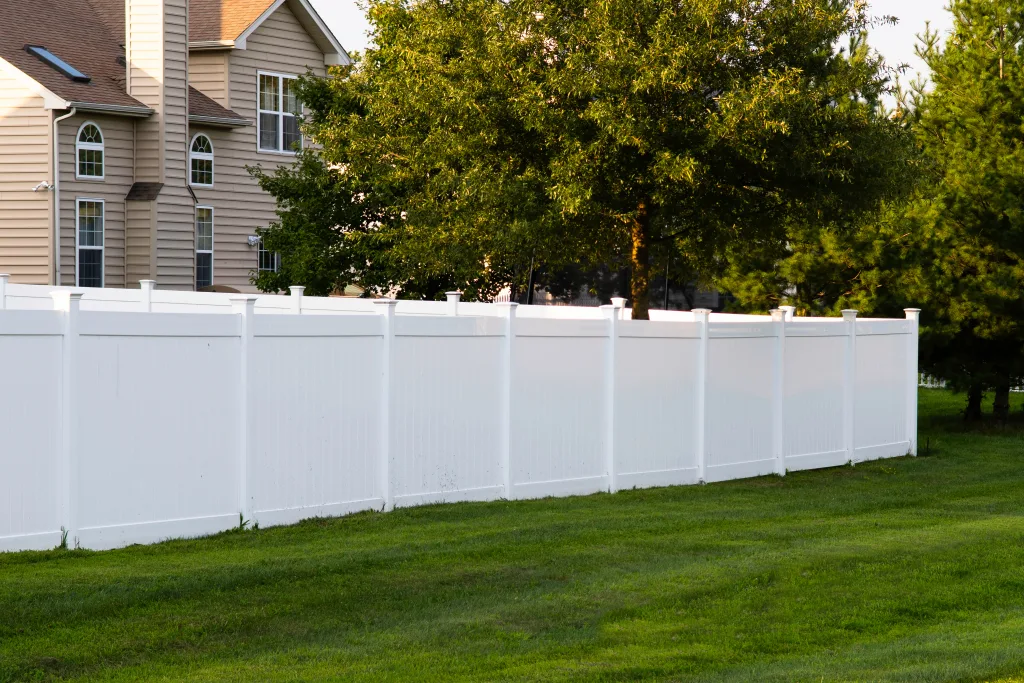
Vinyl
Vinyl fences are attractive, non-porous, and easy to clean. PVC is most often used because it’s durable and affordable. However, its synthetic appearance can stick out against natural backgrounds, and it can be more expensive than wood. Thickness counts for quality and will look best for the longest time (some with a lifetime guarantee).
Chain Link
While chain links don’t provide much privacy or beauty, they offer adequate security for pets and kids at a low cost, especially if you have a large rural yard. Installation is easy, offering even more savings. However, they add less value to your investment and are easier to damage than other options.
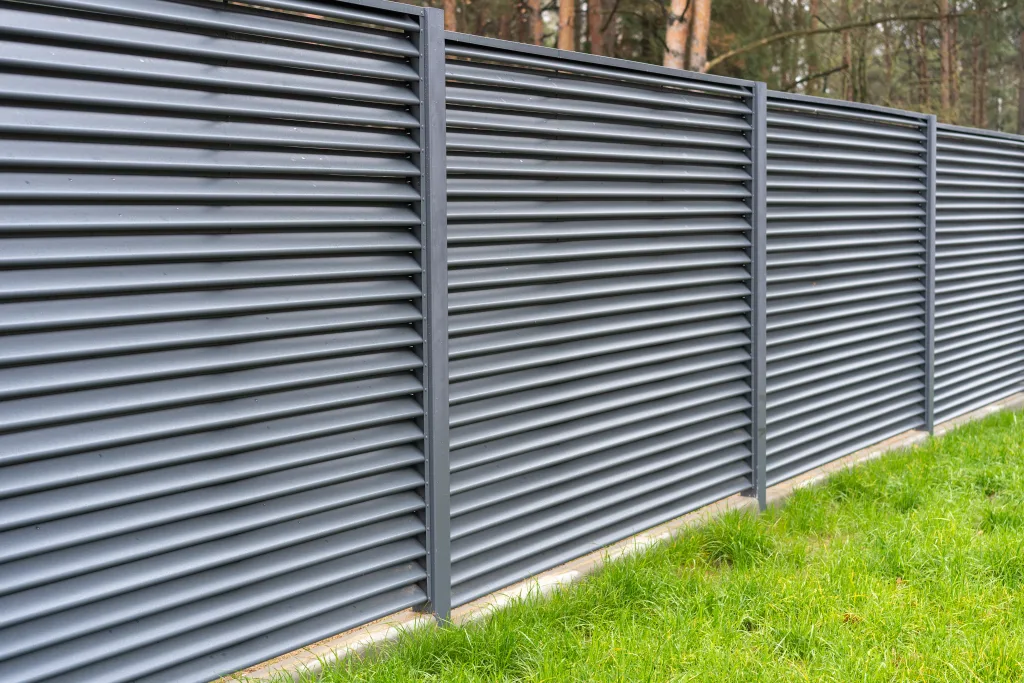
Metal
Metal fences are costly upfront, with wrought iron typically more expensive than aluminum. However, the aesthetic appeal and durability can’t be beaten. Although they usually don’t provide much privacy, they offer security, especially around a pool. Options range from classic to contemporary to match any home style.
Composite
Manufactured from wood fibers combined with plastic polymers, composite fencing is a wood look-a-like without the susceptibility to insects and rot. There are a variety of colors and styles, contingent on engineering and application. Because they’re more durable and require little maintenance, they cost more, plus professional installation is required. Quality can vary, so buy from a reputable dealer.
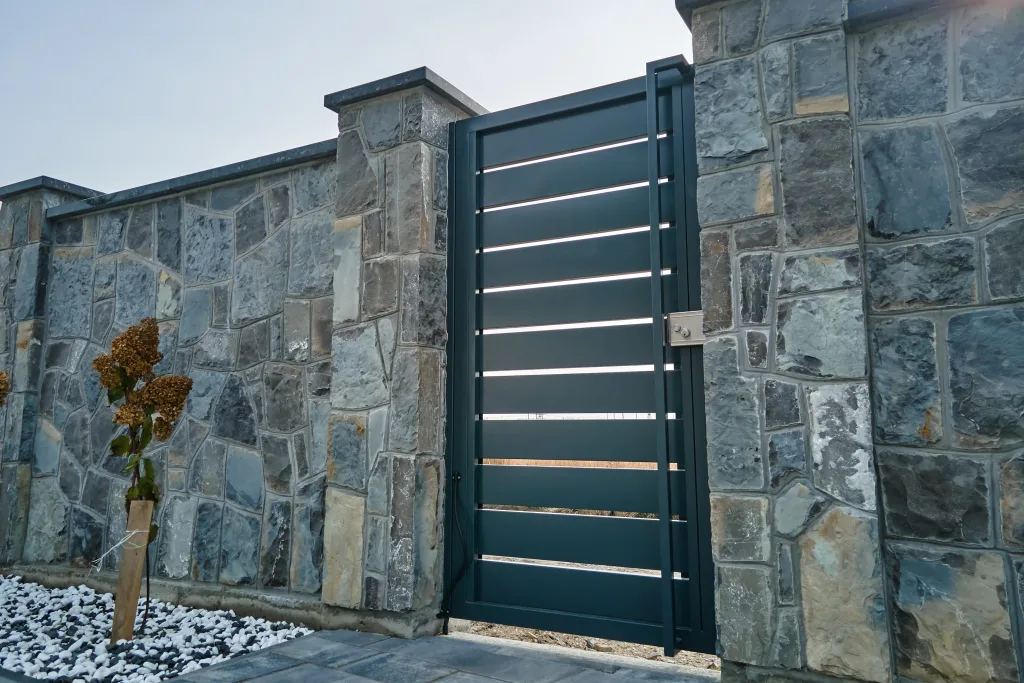
Masonry
Masonry is stately and beautiful, but materials and installation can be costly, and they usually require structural footing poured below the frost line because they’re heavy. Many homeowners pair masonry with wrought iron or wood to enhance the design and lower costs. Block and poured concrete need steel reinforcement, and brick fences often feature a concrete or block inner fence with a brick veneer exterior.
Maintenance Requirement for Fences
Wood: Cedar, redwood, and teak naturally resist insects, decay, shrinking, and warping, yet may require occasional plank replacement. Seal any wood after installation and annually after that.
Vinyl: Doesn’t need treatment or stain, is damage-proof and lasts five times longer than wood. Wash occasionally with a mild detergent and rinse.
Chain Link: Requires minimal upkeep, yet it can corrode where the mesh links meet. Upgrade to a vinyl-coated version for a nicer aesthetic and longer life.
Metal: This material can rust. Aluminum will last longer without rusting, but wrought iron and some steel fences require treatment with rust-inhibiting paint.
Composite: Do not need to be regularly repainted or stained but can warp, expand, or shrink in harsh weather. After professional installation, it requires only occasional spraying with plain water.
Masonry: Mortar joints in stone and brick fences can work loose and require re-pointing to stabilize over time.
Read more about fences HERE on LivingMagazine.net







